Palermo, a city sitting proudly on the northwest coast of Sicily, invites visitors to walk through centuries of history carved into its buildings and buzzing markets. This city mixes cultures like a painter blends colors-Norman, Arab, Byzantine, and Baroque elements come alive here. Palermo’s artistic soul pulses in every corner, from its grand cathedrals to the lively public squares. Visiting Palermo means stepping into a world where every stone tells a story, every meal tastes of tradition, and every street hums with life.
Table of Contents

Architectural Wonders and Historical Depth
Palermo’s skyline is a portrait of architectural styles stitched together over centuries. Start at the Palermo Cathedral, a masterpiece that echoes the city’s layered past with its sharp pointed arches and Arabic-inspired domes. Its construction began in 1185, and you can see how each century added its own brushstroke. Don’t miss the royal tombs housed inside, resting under intricate stonework that reflects medieval craftsmanship.

Not far from the cathedral stands the Palazzo dei Normanni, or the Norman Palace, home to the Palatine Chapel. This chapel is a mosaic wonderland, with golden tiles shimmering like sunlight on water. These mosaics tell biblical stories with such precision, it’s as if the figures might step down from the walls. The blend of Byzantine and Arab-Norman art here symbolizes Palermo’s unique historical fusion.

Railway lovers will find the Palermo Centrale station fascinating too. It combines functional design with decorative details that echo the city’s deep connection to Italy’s rail history. The station’s iron framework and ceramic tiles reveal early 20th-century industrial craftsmanship-something rarely noticed but appreciated by those who watch the dance of trains and travelers.
For a vibrant contrast to Palermo’s charm, explore Seoul’s unique blend of ancient palaces and modern city life in our article about Seoul.

Cultural Rhythms and City Customs
Palermo’s atmosphere buzzes with customs that show its warm-hearted people. When greeting locals, a smile and a simple “Buongiorno” go a long way. Sicilians appreciate respect for their traditions but also enjoy lively conversations about family, food, and football.

Dining habits here differ from many places. Meals often start late, with dinner around 8 or 9 pm. It’s polite to say “Buon appetito” before eating, a small gesture that sparks connection. Also, remember to dress modestly when visiting churches-covering shoulders and knees shows respect for religious spaces.

One charming custom is the midday riposo, a break when shops close for a few hours. Embrace this quiet time to relax at a café or stroll in a nearby piazza. It’s a ritual that slows life’s pace and clears the mind, something travelers rarely expect but often cherish.
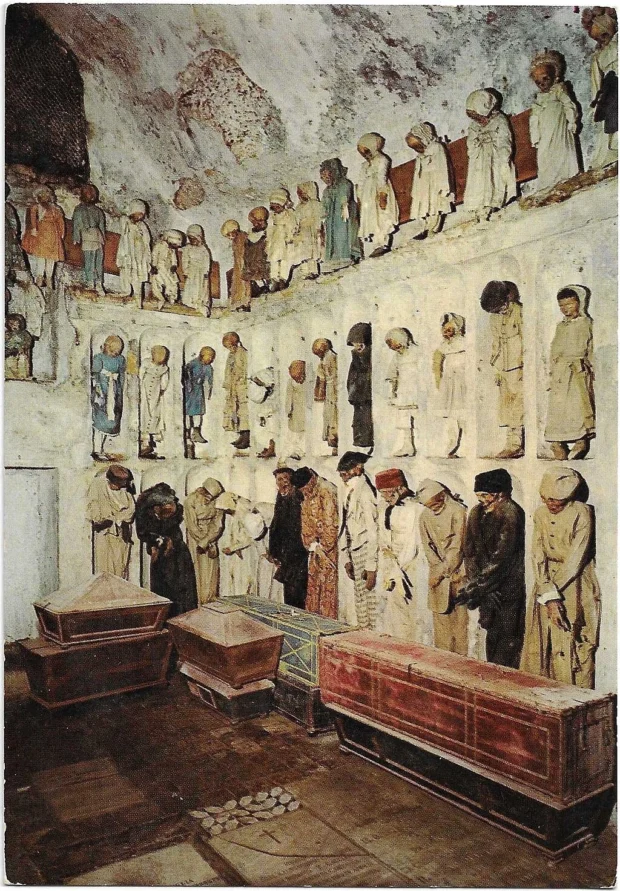
The Pulse of Markets and Neighborhoods
Palermo’s markets are the city’s beating heart. The Ballarò Market spills over with colors, smells, and sounds. Here, vendors shout their offers, selling fresh fish, bright vegetables, and fragrant spices. Walking through Ballarò feels like entering a living painting of everyday Sicilian life. For a quieter experience, the Vucciria market offers a blend of old and new, where traditional stalls have gradually welcomed artisan shops and hidden cafés.
For those interested in historic sites rich with royal stories and art, the Tower of London offers a compelling look at England’s layered past and cultural treasures.

Stay in the Albergheria district if you want to live close to the market’s energy. This neighborhood shows Palermo’s raw and authentic side. Old buildings lean on each other, their balconies adorned with laundry fluttering in the wind. At night, the area glows with small eateries serving hearty dishes like pasta con le sarde, a local specialty with sardines and fennel-a taste that lingers long after the last bite.
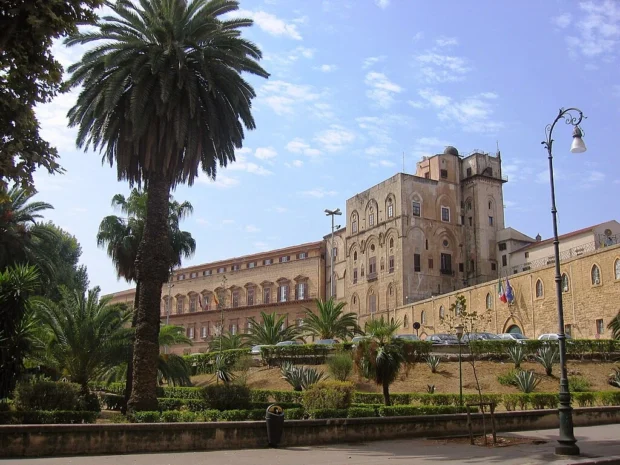
Taste of Palermo: Flavors to Savor
Palermo’s cuisine is a blend of Mediterranean flavors and Arabic influences. In the Kalsa district, you can find street food stalls selling panelle, crispy chickpea fritters, and arancini, golden rice balls filled with meat or cheese. These snacks are perfect for wandering the neighborhood or enjoying by the waterfront.

Do not miss tasting cannoli, a sweet tube of fried pastry filled with ricotta cream. It’s the city’s dessert icon, often enjoyed with a cup of strong Sicilian coffee. Markets and pastry shops alike serve this treat, so it’s easy to indulge without searching far.

Getting Around Palermo Easily
From Falcone–Borsellino Airport, public buses connect to the city center in about 50 minutes, making your arrival smooth and affordable. Palermo’s compact city center invites walking, but local buses and trams cover longer distances well. Trams, in particular, offer a pleasant view of the city’s streetscape, passing by historic buildings and lively squares. Bicycles are a growing choice too, especially for shorter trips near the coast or through green spaces.
After exploring Palermo’s vibrant markets and historic charms, you might enjoy reading about Marseille’s lively harbor and local flavors, capturing a different Mediterranean spirit in Marseille France Day and Night With Locals and Food.
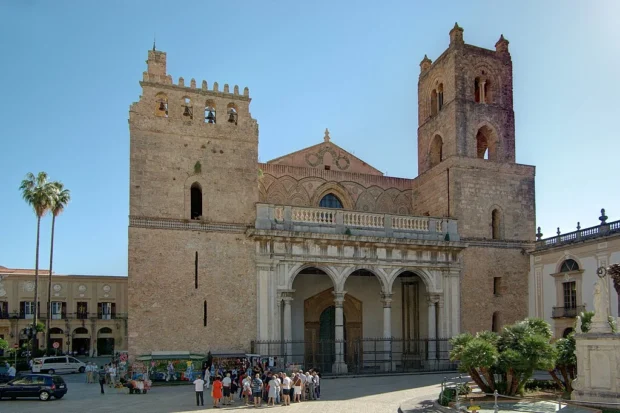
Whispers of the Past: Stories Behind the Stones
Legend says the city’s name, Palermo, comes from the Phoenician word for “beautiful port.” Standing by the harbor today, it’s easy to believe. Yet, the city’s history is more than beauty-it’s endurance. Palermo survived the rise and fall of empires, Norman knights, and even Mafia shadows, today shining as a resilient, creative hub.
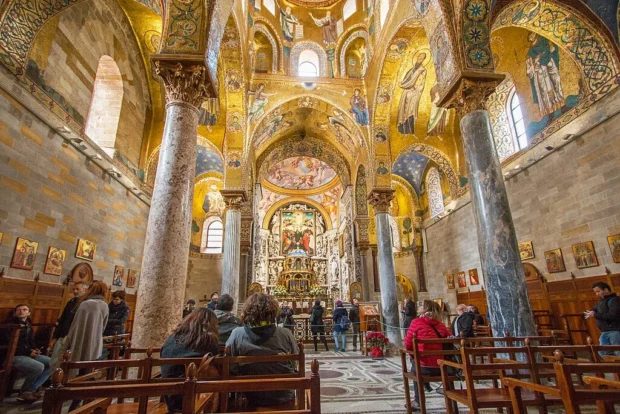
One quirky fact: the Teatro Massimo is Italy’s largest opera house, yet it remained closed for 23 years after restoration efforts stalled. When it finally reopened, locals cheered as if welcoming back an old friend. The theater’s neoclassical columns and marble stairs look like a palace for music itself.
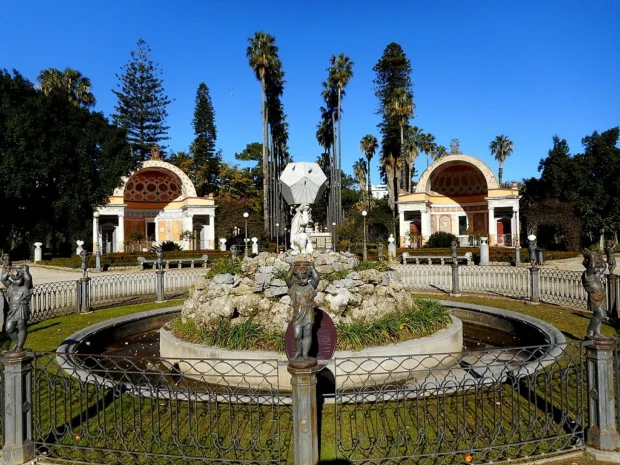
Where to Stay for True City Feeling
Choosing a place to stay in Palermo depends on your mood. For history lovers, the historic center offers charming guesthouses amid ancient palaces. If you prefer calm by the sea, neighborhoods near Mondello beach provide a fresh coastal breeze and quiet nights. Alternatively, the Politeama area invites you with its shopping streets and theaters, perfect for those who enjoy city life with a cultural touch.

No matter where you rest your head, Palermo’s warm evenings and friendly faces will make you feel at home quickly. The city’s mosaic of experiences, like its art, food, and traditions, waits for you to take part and remember.
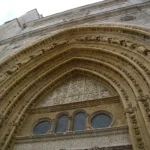
- Palermo Cathedral BW 2025-04-29 11-14-42 by Berthold Werner on Wikimedia Commons – cc by-sa 4.0
- Cathedral of Palermo on the Italian island of Sicily (49491355827) by Ralf Steinberger from Milan, Berlin + Munich, Italy + Germany on Wikimedia Commons – cc by 2.0
- Palermo, Teatro Massimo – panoramio by Carlo Pelagalli on Wikimedia Commons – cc by-sa 3.0
- Palermo Palazzo dei Normanni (40733447644) by Jorge Franganillo from Barcelona, Spain on Wikimedia Commons – cc by 2.0
- Palermo – Quattro canti – 3 by Benjamin Smith on Wikimedia Commons – cc by-sa 4.0
- Chiesa di San Cataldo (27775003939) by Andrea Schaffer from Sydney, Australia on Wikimedia Commons – cc by 2.0
- Mercato di Ballarò – panoramio by ildirettore on Wikimedia Commons – cc by 3.0
- Fontana di Piazza Pretoria Vista dai tetti di S. Caterina by Marcello Troisi on Wikimedia Commons – cc by-sa 4.0
- Palazzo Normanni, vista, Palermo by Archeologo on Wikimedia Commons – cc by-sa 4.0
- La Zisa (Palermo)-msu-1093 by Matthias Süßen on Wikimedia Commons – cc by-sa 4.0
- Foro Italico 10 by Dedda71 on Wikimedia Commons – cc by 3.0
- Monreale Cathedral exterior BW 2012-10-09 10-23-10 by Berthold Werner on Wikimedia Commons – cc by-sa 3.0
- La Martorana (39551216521) by Andrea Schaffer from Sydney, Australia on Wikimedia Commons – cc by 2.0
- Villa Giulia piazzale centrale by Stendhal55 on Wikimedia Commons – cc by-sa 4.0
- Ficus macrophylla (Palermo) by Giuseppe ME on Wikimedia Commons – cc by-sa 4.0
